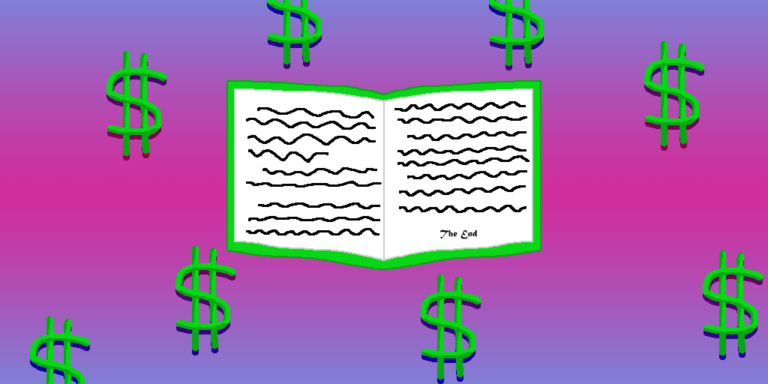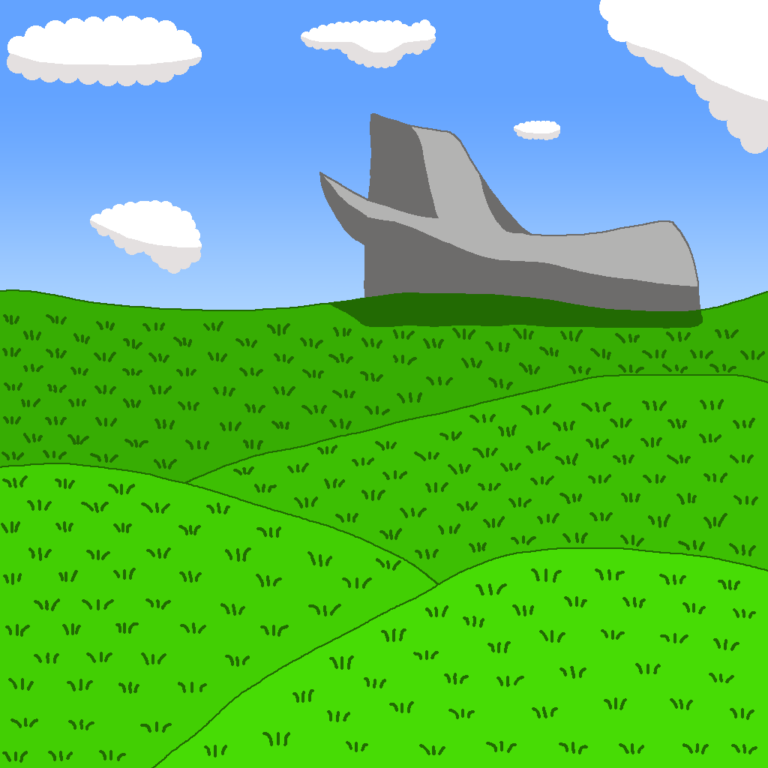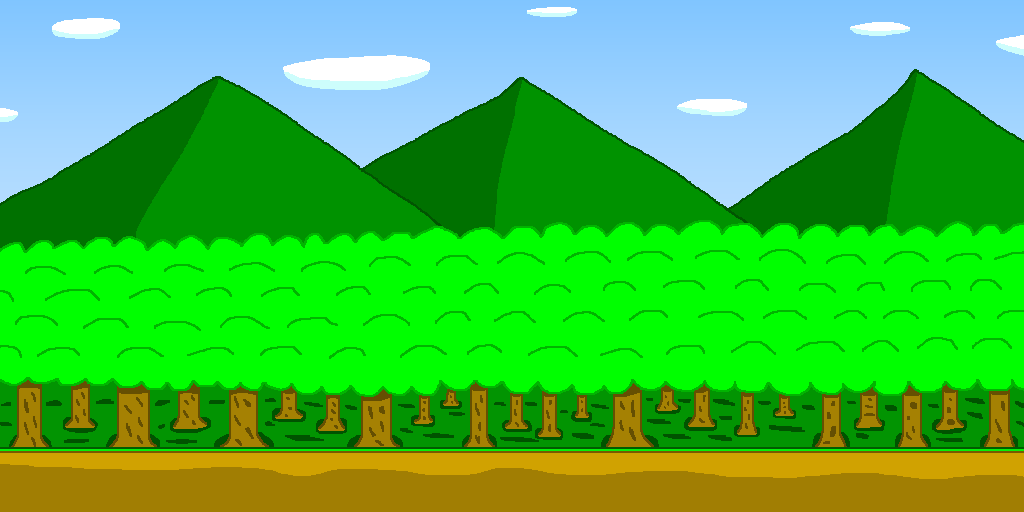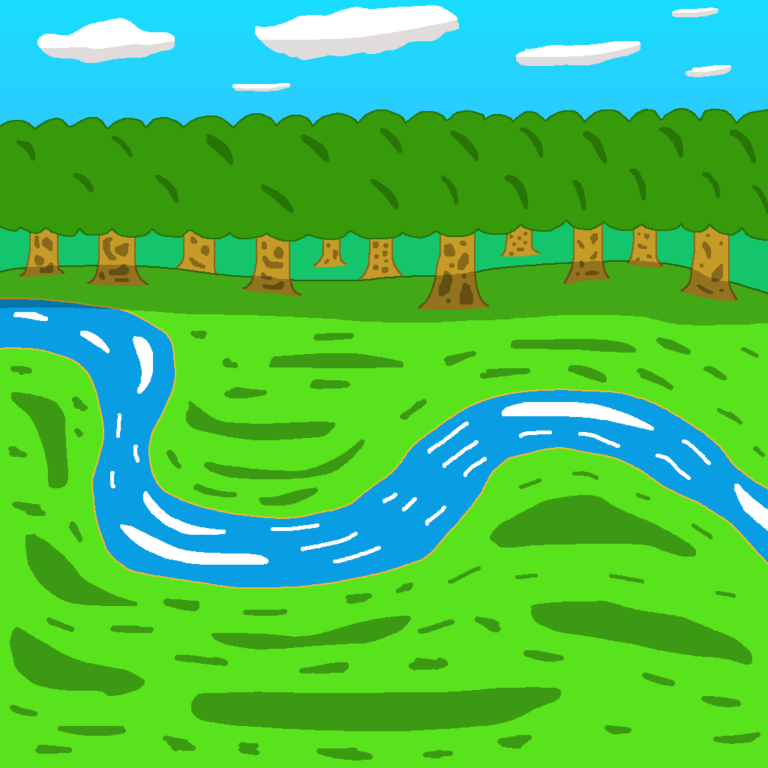Join US
Do you want to build the fantasy world you’ve always dreamed of?
Subscribe to receive notifications when a new post is out and for our monthly newsletter!
You can always unsubscribe anytime.


After months of hard work and multiple rounds of edits and revisions, not to mention having other people read your book to give you feedback, you can finally see the finish line looming on the horizon. However, there is one crucial step you must do, one that when you do it, will get you much closer to the finish line. It’s time to start thinking about what price to charge your book and there’s quite a number of factors to account for when setting the price of your book.
Setting the price isn’t as simple as just coming up with an arbitrary number and calling it a day. No, it’s much more involved than that, for the price you charge can make the difference between a book that sells or one that just sits on the shelves for months on end. Thus, it’s important to get it right while also making a profit.
The number one factor to think about in regard to setting the price of your book is whether you’re going with a traditional publisher or publishing it yourself. With the former, you have little input in how much the publisher will charge it, a stark contrast to the latter where it’s all up to you to find the magic number.
Other considerations that impact the setting of the price of your book include the price of similar books, printing costs, etc. As such, research is key here. Gathering as much information as you can get will help you determine the best price at which to set your novel at which is the goal.
Besides the research component, you have to also think about what sales channels you’ll sell your book through. Not all channels are equal; they depend largely on where your target market goes to buy their books. You want to prioritize those with a higher volume where you’re more likely to sell more copies and make some profit.
This is the fifty-second article in the writing a fantasy novel series. For more, check out our blog page where we have tons of articles for you to look at!
When you began writing your novel, you had a goal to go it all alone by yourself or go with a traditional publisher. Did you know that this decision will play a great role in setting the price of your book, perhaps more than any other factor? The two routes take different approaches in determining the price at which to charge your book.
Books sold with traditional publishers typically charge a higher price than those that are self-published. They take books they believe will sell; though they may like your book, at the end of the day, they’re in the business of making money. They take a cut for each copy that sells to pay their employees, meaning that you, the author, receive a lower payout. Another downside is that they set the book price, not you, and there’s little you can do about it.
The reason why they charge a higher price is they spend more time in making your book look as professional as can be which is a tremendous advantage. They have an in-house group of editors and artists, all of whom work to make the books they sell as high-quality as possible. Traditional publishers know readers value quality and they’re more likely to buy those that look and feel professional.

On the opposite side of the spectrum, there’s a lot more freedom in setting the price of your book if you choose to self-publish it. For instance, you make more money per sale since you’re not paying a traditional publisher. The ability to pocket more money is something that appeals to a lot of writers who don’t want to pay a middleman.
Another pro of self-publishing is that you can charge your novel at a lower price than those of a traditional publisher. Though the profit may be lower, this helps you be more competitive against them since you’re keeping more of the money you make per sale and not paying a traditional publisher.
Moreover, self-publishers can easily adjust their price since they can move faster than traditional publishers. They can quickly respond to changes in the market and match their prices accordingly to remain competitive whereas it might take some time for the big giants to make the same decisions which can be disadvantageous to those who don’t like the changes in their sales numbers.
When setting the price of your book, there are 5 key research elements you need to do if you elicited to self-publish it. These elements will heavily dictate at what number to charge your novel. Thus it’s imperative that you do your homework thoroughly so you can find the right number, or ballpark, to set the price.
The first element is seeing at what price similar books in the genre your book’s in are selling for. You’ll have to go to the bookstore and look online to gather information. Don’t just look at just the ones in the genre; look only at those that have a similar number of pages and stories. Those are your key competition and you should have the price of yours somewhere in the neighborhood.
Moving onto the second element of setting the price of your book, the printing company you use will also affect its price. Each company has a different cost and level of quality. Go with the one that provides you the best quality for the best price so you can make a decent profit per sale.

The importance of the market demand, the third element, cannot be understated. It is among one of the primary drivers in determining the price. If it’s high, you might be able to get away with a higher price though if it’s low, it would be better to go for a lower one. Sticking with just one price isn’t necessarily advantageous since the market constantly changes which means you need to continually keep an eye on these changes and adjust the price accordingly, lest you lost out on potential sales.
How you position your novel in the market matters as well. As the fourth element, higher quality ones are typically set at a higher price due to the complexity of the plot. Lower-priced novels are seen as more competitive since the plot is simpler and easy to follow. Go with the price that reflects your book!
The final element that goes into setting the price of your book is its format. As an author, you can choose between a hardcover, a softcover, or both. However, you have to be aware that both types of covers sell at different prices so having a one price be-all strategy simply won’t work here. You’ll have to do your homework to come up with the best price for both cover types or the one you choose.
One dimension you need to focus on as you work on setting the price of your book is how you intend to sell it. In today’s world, there are several ways to make it happen and we’ll take a look at the two major types of sales channels all self-published authors use: online retailers and brick-and-mortar retailers. Regardless of the ones you use, you’ll still have to pay them a fee for having them carry your book which you can bake into the price of your book.
Online retailers such as Amazon are a popular magnet for authors due to the ease in which they can sell their novels. People constantly go to these retailers and buy all kinds of things and have them delivered not too long afterward. You can get away with charging a lower price though you still need to factor in the cost of production so you can make a profit.
Another advantage of online retailers is that you can sell your book as an ebook in addition to physical copies. This enables customers to instantly get it upon purchase and you can even give them a sample by making the first chapter free in the hopes of making them interested to the point that they buy the rest of the book upon completion. Just a reminder, ebooks tend to be sold at a lower price than their physical counterparts so don’t go thinking you can use the same price for it as you would for the other; they won’t like it and they’ll skip over it.

Though more and more authors are selling their books online, brick-and-mortar retailers still play an invaluable role in selling books. There’s still a sizable number of people who prefer to buy new books the old-fashioned way. That is, they like to look at the bookshelves and feel the paper texture on their hands as they turn the pages.
Retailers like Barnes & Noble are key players in the marketplace for a reason. They’ve been in business for a long time and they sell books of all genres. They know what sells and what doesn’t. When building a business relationship with them, keep in mind that they won’t necessarily carry a high volume of your book, especially if it’s your first published one. Don’t let that discourage you from trying!
Having brick-and-mortar retailers selling your book, regardless of how many copies they’re carrying, is a sign of prestige. People are more likely to buy a book if they see it in a store like Barnes & Noble since they know they only carry books they believe will sell. When determining the sales price, it should be at a price that will help you sell. The more copies you sell, the more likely these retailers will see the profit opportunity and buy more.
As you careen towards the finish line, it’s time to get to work on setting the price of your book. There are many different considerations to take into account so it’s imperative that you go with the right number that will maximize your profit without adversely affecting sales. This is not something you can do in a short period of time; you’ll have to spend a substantial amount of time in discovering the magic number.
Before you can do anything else, you have to decide — if you haven’t already — whether to use a traditional publisher or self-publish it. The one you choose will determine the price so pick the one that you feel is the best for you. Take your time and do your homework so you can be confident that you made the right decision!
For those that went down the self-publishing route, you have several things to look at as you endeavor to find the right number. Things like the cost of the printing company and the market demand are vital factors that dictate the price. Researching all these things will give you a wealth of information, thereby making it easier for you to set the price.
Think about how and where you intend to sell your book. Online retailers sell novels differently than their brick-and-mortar brethren. The sales channels you use will heavily impact the price so go with the ones that will work for you.
Setting the price of your book isn’t easy but it’s necessary in order to sell it at a price that people are willing to fork over their hard-earned money and that you can also make a living off on.
Let me know what you think in the comments below. (Note: this is an account-exclusive feature).
If you don’t have one, you can register here. It only takes a few moments of your time!
Liked this article and want to subscribe? All you have to do is fill out the form below and that’s it!
Thanks for reading this and until the next time,
Sunfire
Subscribing means you receive:
You can always unsubscribe anytime.
Do you want to build the fantasy world you’ve always dreamed of?
Subscribe to receive notifications when a new post is out and for our monthly newsletter!
You can always unsubscribe anytime.